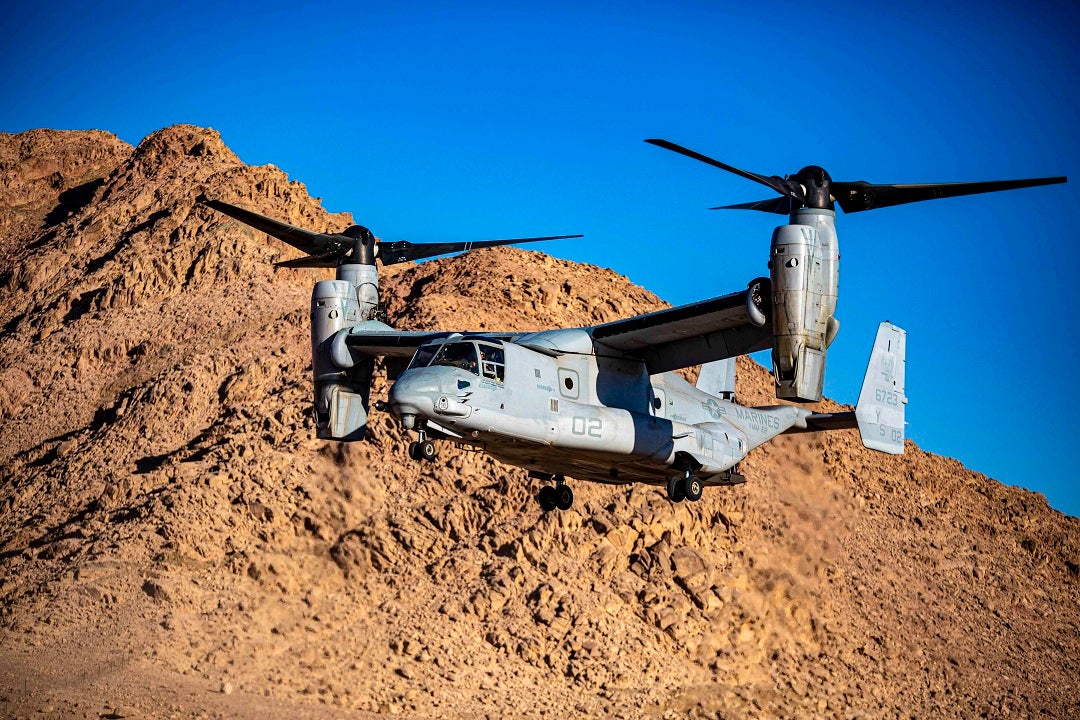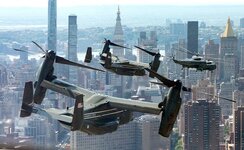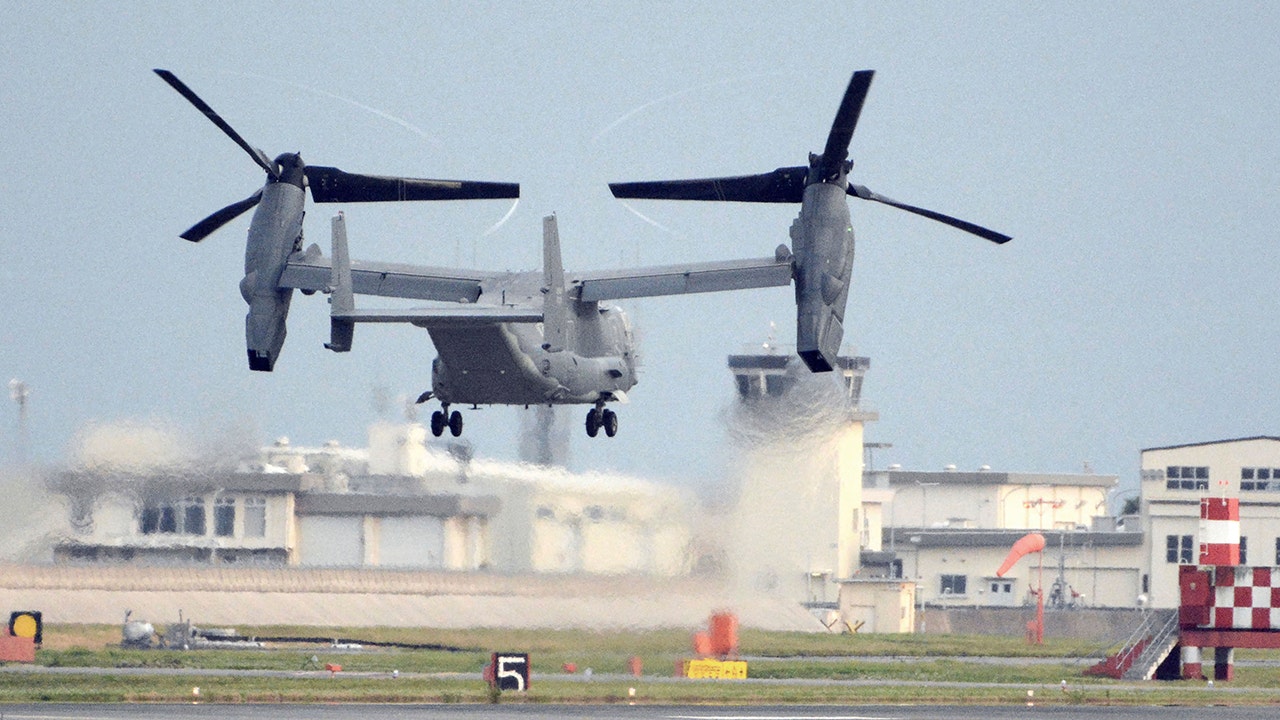Gold Supporter
- Messages
- 24,571
- Reactions
- 37,294
Another Osprey went down.

 www.foxnews.com
www.foxnews.com

5 US Marines confirmed dead after military aircraft crashes in California
All five U.S. Marines aboard a MV-22B Osprey were killed when the aircraft crashed near Glamis, California, on Wednesday, a U.S. Marine Corps spokesman confirmed Thursday.
















